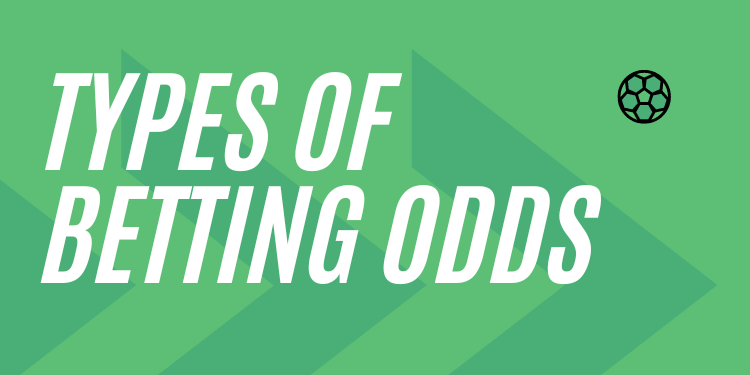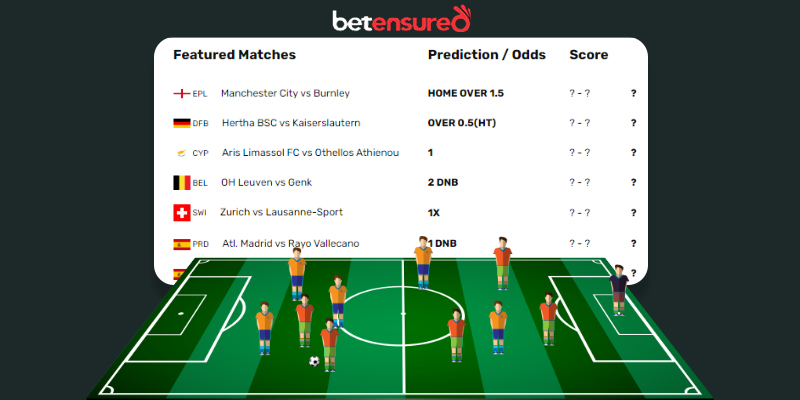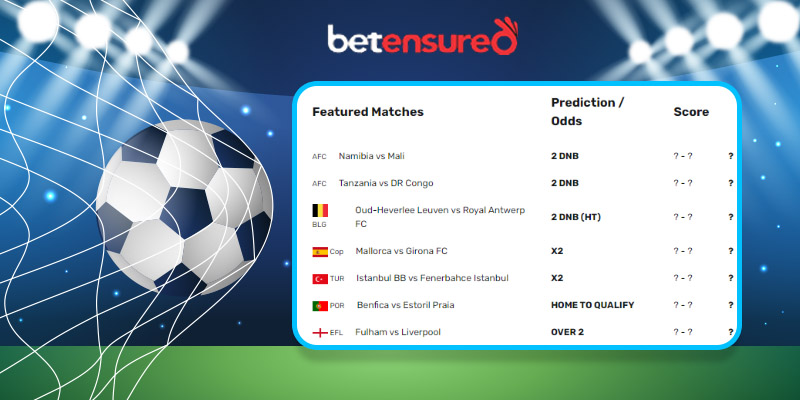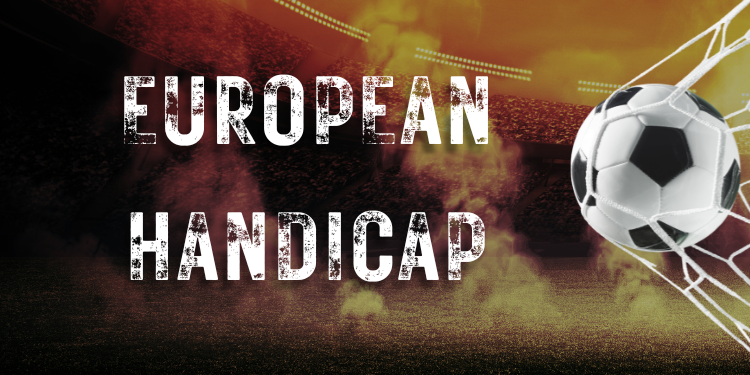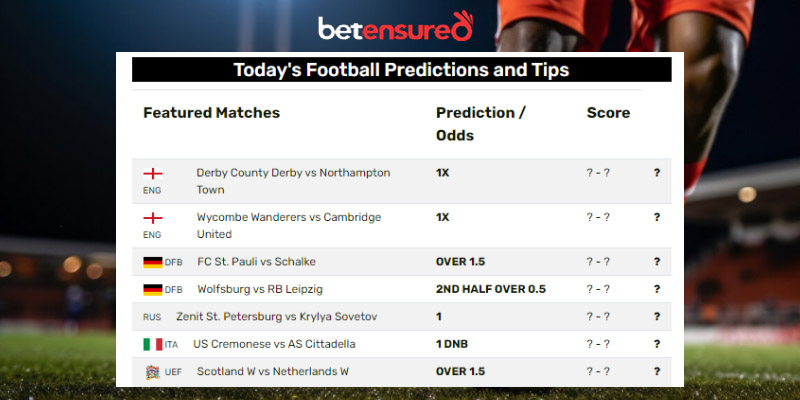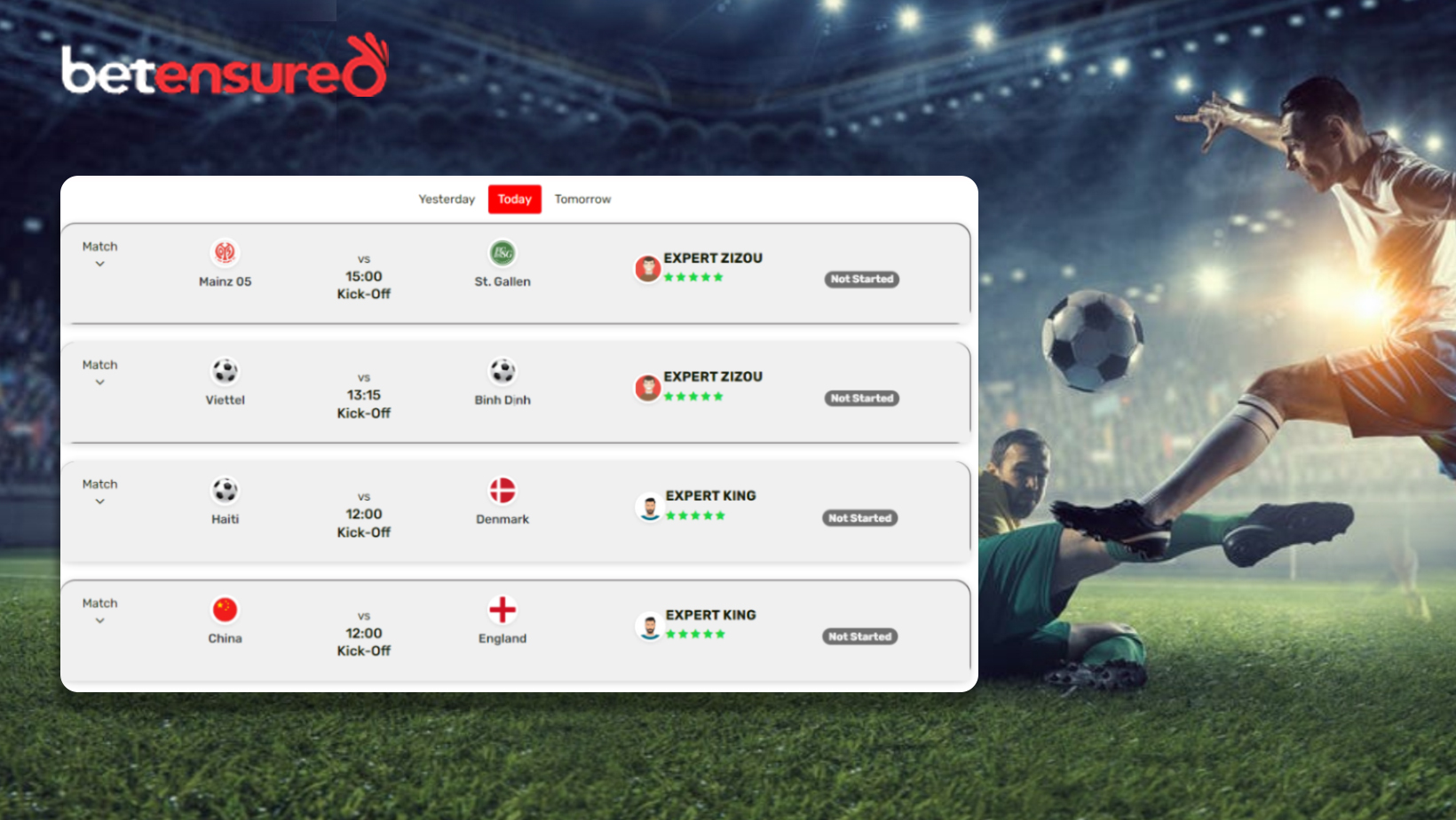Understanding The Different Types of Betting Odds
The 3 types of betting odds are fractional (British) odds, decimal (European) odds, and money line (American) odds.
These are the alternate ways of representing the same odds and have no bearing in terms of your payouts. This simply means that the chances or percentage probability of an event occuring can be converted and presented in any of these odds we’ve mentioned.
Fractional British odds are the ratio of the profit won to the stake, European decimal odds depict the amount you win for every $1 wagered. Depending on the negative or positive sign accompanying it, American money line odds show the amount you need to wager to win $100 or the amount you would get for every $100 you stake.
If you intend to start betting, either in a casino or sports, it is imperative that you understand these odds and how they work.
Intelligently placing your wagers requires you to have a good handle on the main types of betting odds as well as the ability to read and interpret their various formats. That’s what this article is for…
Table Of Content:
- What is British odds?
- How does British odds work?
- What is European odds?
- How does European odds work?
- What is American odds?
- How does American odds work?
- Difference between british odd, european odds and american odds
What Is British Odds?
British odds are defined as the ratio of the amount (profit) won, to the stake.
Also known as Fractional odds, British odds are mostly used by British or Irish bookmakers.
These types of odds are depicted with a slash (/) or hyphen (-) and are used by some of the largest bookmakers in the world.
British odds are popular in the UK, especially on horse racing, but they are becoming less favored by punters because it is difficult comparing them against the other odds formats.
The odds displayed shows the amount of profit you would get for a winning bet relative to the stake you place.
British odds are displayed as 10/1 or 7/2. For odds on selections, these odds appear the other way round 1/10 or 2/7.
How Does British Odds Works?
British odds are accompanied by a slash or hyphen.
A British odds listing of 7/1 (seven-to-one) odds would mean that you’d win $7 for every $1 you wager and still receive your dollar back (the amount you wagered).
This is the ratio of the amount (profit) won to the initial bet, meaning you’ll receive your stake ($1) in addition to the profit ($7), resulting in a total payout of $8.
So, if you stake $10 at 7/1 and win, you get a total payout of $80 ($70 + $10 stake).
The total (potential) return on a stake can be:
- TP = (S(N/D)) + S
- TP is the total payout
- S is stake
- N/D is numerator / denominator of the fractional odd ( e.g. 28/6)
British Odds Example
Let’s try using british odds on the three teams that are the top picks to win the 2022/2023 NBA Championship:
- Bolton Celtics: 13/5
- Golden State Warriors: 9/2
- Milwaukee Bucks: 7/1
From these odds line out, it can be seen that the Bolton Celtics are the favorites, while the odds on Warriors and Bucks winning are longer.
You would gain $13 for every $5 you wager on Celtics to emerge champions.
On the other hand, you’d win $9 against each $2 you place on stake for Warriors to win, which is less probable.
For Milwaukee, you’d win $7 for each $1 bet.
If you bet $100 on Celtics to win, you could earn $260 profit ($100 x (13/5)) and get back your initial wager of $100, leading to a total payout of $360.
But, if you wager $100 on Warriors to win, you’ll get a profit of $450 ($100 x (9/2)) plus the $100 initial stake leading to a total payout of $550.
For Milwaukee, the potential profit would be higher because your profit could reach $700 ($100 x (7/1)). With the initial stake of $100 given back to you, you’ll get a total payout of $800.
The potential profit for a Milwaukee win would be even higher because you could make a profit of $700 ($100 x (7/1)). With the initial stake of $100 returned, it would result in a total payout of $800.
What Is European Odds?
European Odds show the amount you win for every $1 you wager.
Also known as Decimal odds, European odds are popular in Europe, Australia, New Zealand, and Canada.
These types of odds are easy to use and understand, because they often feature favorites and underdogs which can be easily identified by looking at the numbers.
How Does European Odds Works?
European or decimal odds show the amount you win for every $1 you wager.
For these odds, the number depicts the total payout instead of the profit.
That means, the stake is already added to the decimal number, which makes the calculation of your total payout easier.
The total return on your stake can be:
- TP = S * D ( stake + decimal odds)
European Odds Example
Let’s use European odds as an example of who would have won the 2020 U.S. presidential election.
- Donald Trump: 4.00
- Joe Biden: 1.3
These numbers show the amount you’d win for every $1 you stake.
So, if you stake $100 on Trump’s reelection, you would get a total payout of $400 ($100 x 4.00). This amount is both your initial $100 resulting in a net profit of $300.
Likewise, you’d receive a total payout of $130 ($100 x 1.3) if you bet $100 on Biden. Removing $100 from this return gives you the $30 net profit won.
The bookmaker accurately priced Biden as the favorite to win the presidency. The higher the total payout (the higher the decimal odds), the less probable (riskier) it is for the listed candidate to win.
What Is American Odds?
American odds, depending on if it’s accompanied by a negative or positive sign in front of it, represents the amount you must wager to win $100 or the amount to win for every $100 you stake.
Also called US odds or moneyline odds, American odds are prominent in the US.
How Does American Odds Works?
American odds are prominent in the United States. The odds for favorites are accompanied by a minus (-) sign, and show the amount you need to wager to win $100.
While, odds for underdogs are followed by a positive sign (+) and show the amount you win for every 100$ you wager.
In both odds for favorites or underdogs, you get your initial wager back plus the amount won.
The difference between the odds for the favorite and the underdog grows as the probability of winning for the favorite grows.
American Odds Example:
For instance, a bookmaker priced a National Football League game between the Los Angeles Rams and the Tampa Bay Buccaneers with the following American odds:
- Rams: +585
- Buccaneers: -760
The bookmaker now offers +585 odds for the Rams, indicating that the bookie has placed a very low probability (15%) that the Rams will win the game. So, you need to risk $100 on the Rams to earn a potential payout of $585.
If the Rams can pull off an upset, you make back your initial stake of $100 plus the $585 you won, giving you a total earning of $685.
If you go ahead and bet on the Buccaneers – which is the team that the bookmaker predicted had a higher implied probability of winning the game, then you would need to bet $760 to win $100.
If the Buccaneers win the game, you get $100 with a payout of $860 (initial stake of $760 + profit of $100).
In this game, there is a huge difference between the two odds, showing a much higher probability of the Buccaneers winning the game.
Difference Between British Odd, European Odds And American odds
In this section, we discuss the difference between British odd, European odds, and American odds:
British Odds:
| Used By | Appearance | Sports Used In | Complexity |
| British and Irish bookmakers | Shown with a slash (/) or hyphen (-) | Horse racing, betting on distant futures | Difficult to compare against other odds format |
European Odds:
| Used By | Appearance | Sports Used In | Complexity |
| Europe, Australia, New Zealand, and Canada. | Numbers have decimal points | Horse racing, football, TV specials | Easy to use and understand. |
American Odds:
| Used By | Appearance | Sports Used In | Complexity |
| USA | Shown with a negative (-) and (+) sign | Baseball, hockey, boxing, tennis, NFL, NBA | Easy to understand and calculate |
If you are serious about going into betting, then it is essential that you’re able to understand and interpret all these odds well.
To place an educated bet, you must familiarize yourself with the conversions between the various formats of odds, conversions in implied probabilities, differences between the true possibility of an outcome, and odds on display.

